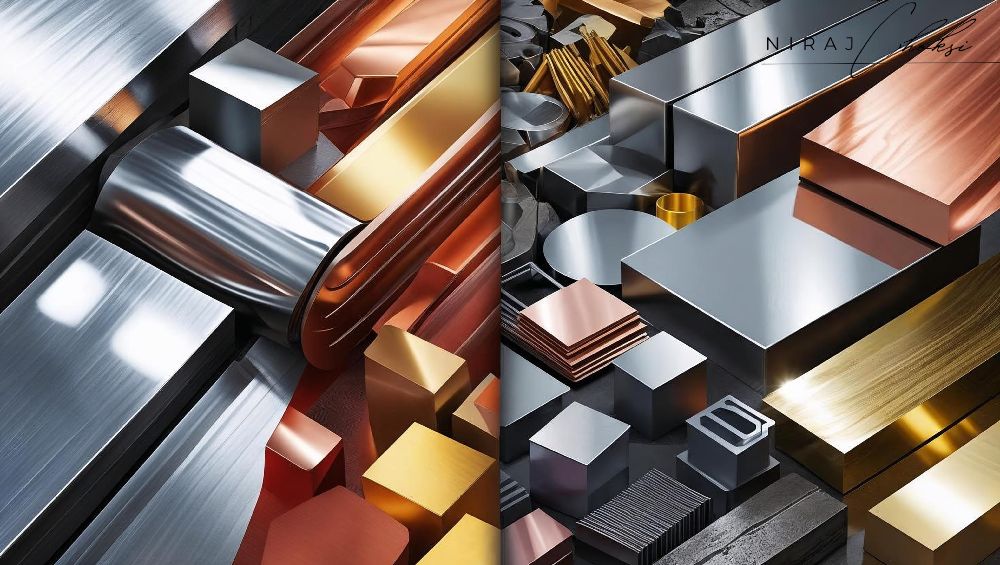Metals are the backbone of modern engineering, construction, and manufacturing. But not all metals are created equal. Understanding the fundamental differences between ferrous and non-ferrous metals is essential for selecting the right material for a specific application. In this article, we’ll break down what these categories mean, their unique properties, and how they are used across industries.
What Are Ferrous Metals?
Ferrous metals are metals that contain iron. These materials are known for their strength, magnetic properties, and vulnerability to rust (except in cases where they’re alloyed with elements like chromium, as in stainless steel).
Common Ferrous Metals:
-
Carbon Steel: Strong and durable, used in construction and automotive parts.
-
Cast Iron: High compressive strength, ideal for machine parts and pipes.
-
Stainless Steel: Corrosion-resistant due to added chromium, widely used in medical and kitchen applications.
-
Tool Steel: Hardened and wear-resistant, perfect for cutting and machining tools.
What Are Non-Ferrous Metals?
Non-ferrous metals do not contain iron. These metals are usually lighter, more corrosion-resistant, and non-magnetic, making them valuable in specific applications such as aerospace and electrical work.
Common Non-Ferrous Metals:
-
Aluminum: Lightweight, corrosion-resistant, used in transportation and packaging.
-
Copper: Excellent electrical conductor, used in wiring and plumbing.
-
Zinc: Often used in galvanizing to protect steel from rust.
-
Titanium: High strength-to-weight ratio and biocompatible, ideal for aerospace and medical implants.
-
Brass & Bronze: Alloys of copper used for decorative items, bearings, and musical instruments.
Key Differences at a Glance
| Feature | Ferrous Metals | Non-Ferrous Metals |
|---|---|---|
| Contains Iron | Yes | No |
| Magnetic | Usually | No |
| Corrosion Resistance | Lower (except stainless) | Higher |
| Weight | Heavier | Generally lighter |
| Cost | Lower | Higher |
| Recycling Value | Moderate | High |
Applications Across Industries
-
Construction: Ferrous metals like rebar and structural steel form the framework of modern buildings.
-
Aerospace: Lightweight non-ferrous metals like titanium and aluminum reduce aircraft weight.
-
Electrical: Copper remains the standard for wiring due to its conductivity.
-
Marine: Non-ferrous metals are preferred due to their superior corrosion resistance in salty environments.
Conclusion
Choosing between ferrous and non-ferrous metals isn't just a matter of preference—it's about matching the material's properties to the task at hand. Whether you’re designing a skyscraper, manufacturing a jet engine, or laying electrical wires, understanding this fundamental classification is key to engineering success.



